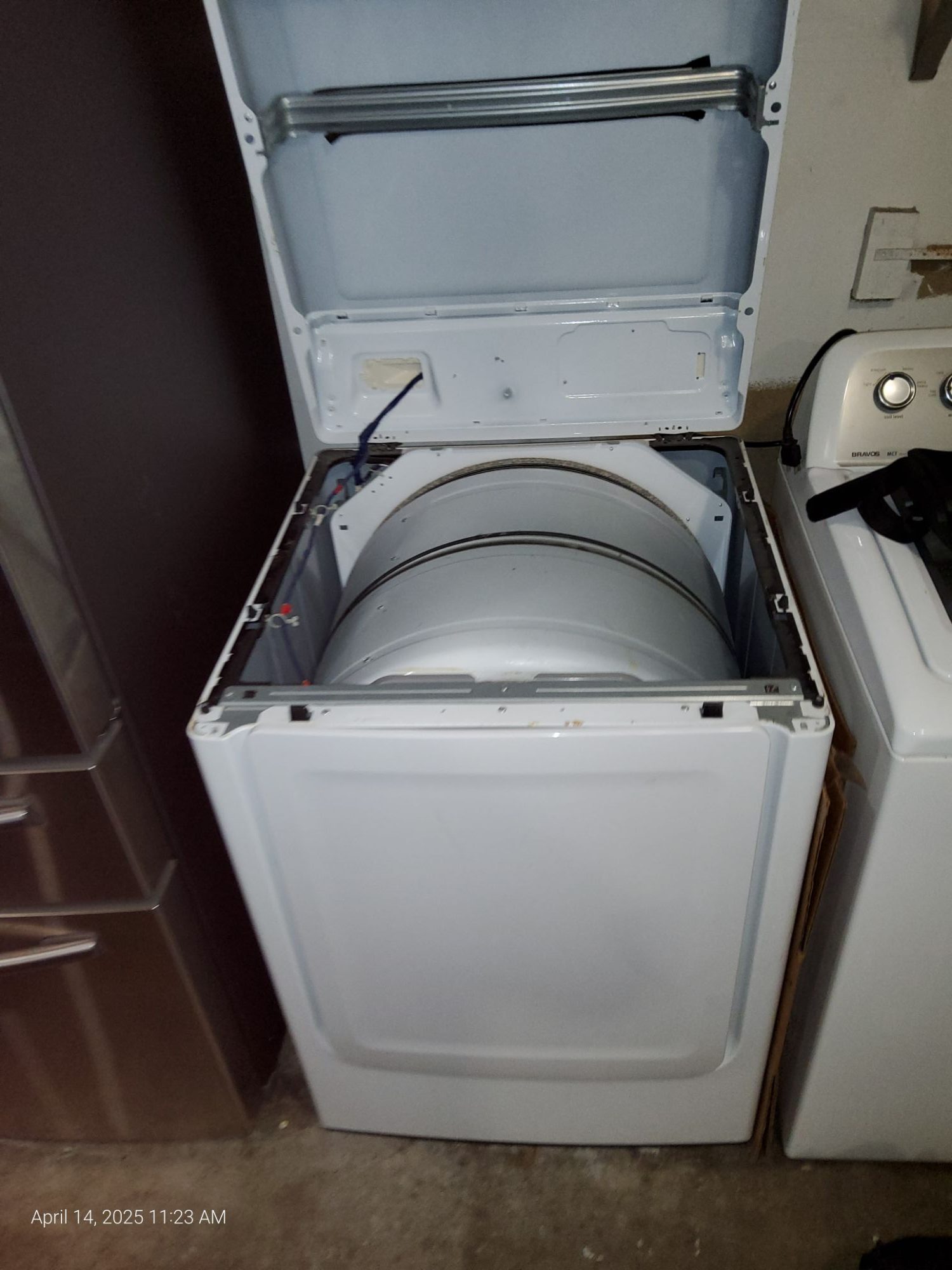
A washing machine is meant to leave your clothes smelling fresh and clean, but sometimes you may notice an unpleasant odor coming from inside the drum. This smell can even transfer to your laundry, leaving it less than inviting. In most cases, the source of the problem is either mold buildup or residue from detergent, fabric softener, and dirt trapped inside the machine. Understanding why this happens and how to address it will help you restore freshness and extend your washer’s life.
Causes of Odor in Washing Machines
- Mold and Mildew Growth Washing machines, especially front-loading models, create a warm, moist environment that is ideal for mold and mildew. The rubber door gasket, detergent drawer, and inner drum can collect water after each cycle. If not dried properly, these areas develop mold colonies that produce a strong, musty smell.
- Residue Buildup Over time, laundry detergent, especially liquid and fabric softener, can leave a sticky residue on the drum and hoses. This residue traps dirt, lint, and body oils from your clothes, creating a breeding ground for bacteria. If you frequently wash clothes at low temperatures, the buildup worsens because hot water is needed to dissolve and rinse away the grime.
- Clogged or Dirty Filter The drain pump filter can accumulate lint, hair, coins, and small debris. When this filter is clogged, stagnant water sits inside, emitting a foul odor.
- Poor Ventilation If the washer door is kept closed when not in use, moisture becomes trapped, encouraging bacterial growth and bad smells.
How to Remove the Odor
- Run a Cleaning Cycle Most modern washing machines have a self-clean or drum-cleaning cycle. Use this function with hot water and a washer cleaning solution or white vinegar and baking soda to kill bacteria and remove residue.
- Clean the Rubber Gasket Pull back the rubber door seal and inspect for black spots or slime. Wipe thoroughly with a cloth soaked in a vinegar-water solution or a specialized mold cleaner. Be sure to dry it afterward.
- Wash at Higher Temperatures Run an empty hot water cycle at least once a month. This will help dissolve detergent residue and kill bacteria. Avoid excessive cold washes for heavily soiled clothing.
- Clean the Detergent Drawer Remove and rinse the detergent dispenser regularly. Use a brush to scrub away soap scum and mold.
- Check and Clean the Drain Pump Filter Follow the manufacturer’s instructions to remove the filter, clean it, and drain any residual water.
- Improve Ventilation Leave the washer door and detergent drawer open after each cycle to allow air circulation and moisture evaporation.
Preventing Odor in the Future
- Use the right detergent amount – Too much soap creates excess suds that trap dirt and bacteria.
- Switch to high-efficiency detergent – Especially if you own a high-efficiency washer.
- Perform monthly cleaning cycles – Even if the washer seems clean, preventive maintenance will keep odors away.
- Dry the drum after each wash – Use a clean towel to wipe away remaining moisture.
- Avoid letting wet clothes sit in the machine – Remove laundry promptly after washing.
When to Call a Professional
If odor persists after thorough cleaning, there may be a deeper issue such as:- Mold growth inside the drum bearings or internal hoses.
- Clogged or partially blocked drainage system.
- Malfunctioning pump not draining water completely.